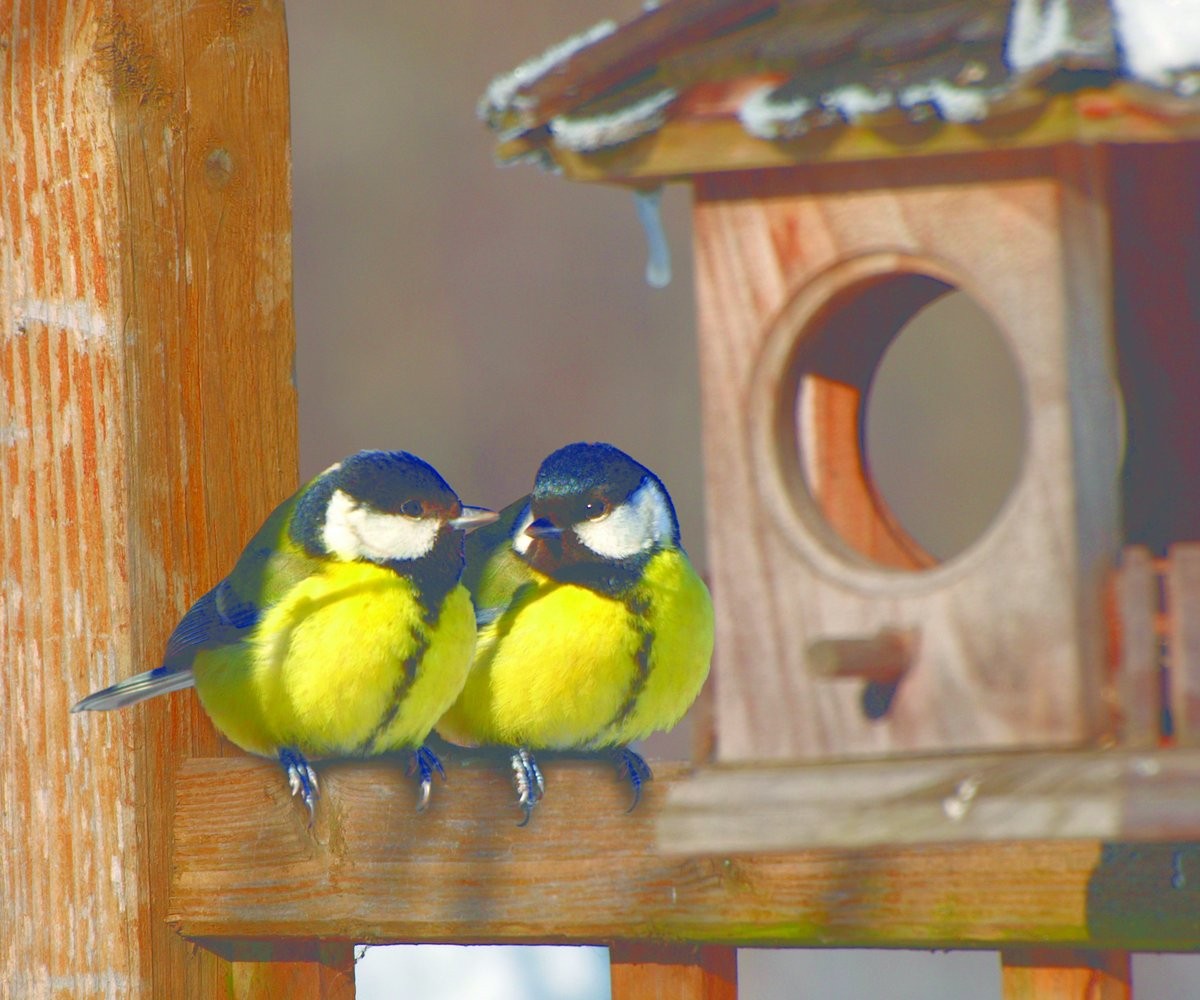

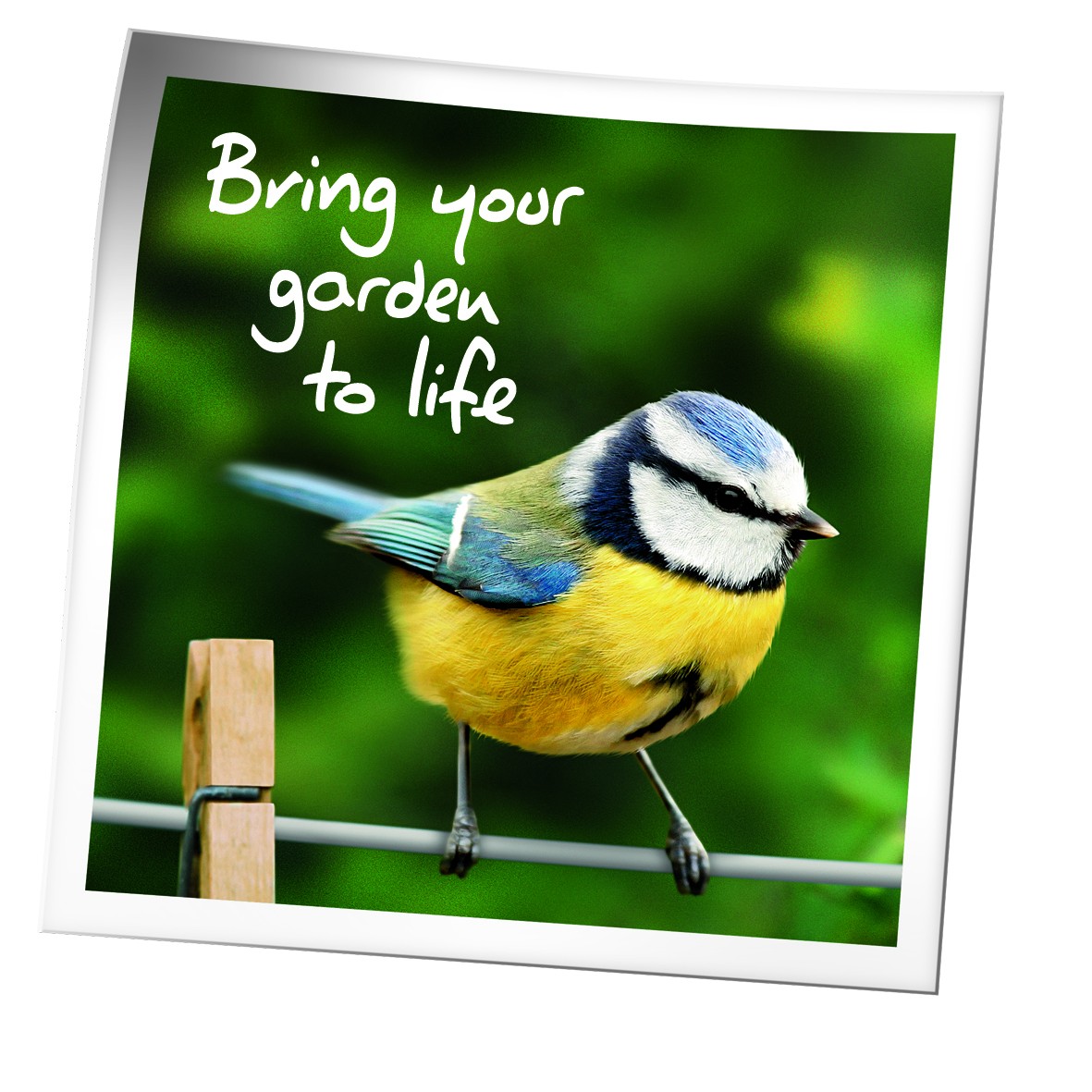 Food shortages can occur all year round so if you can, it’s best to feed throughout the year, but winter feeding really does benefit the birds most. From October put food and water out on a regular basis. Once the harsh Scottish winter months kick in properly try to feed twice daily – once in the morning and then again in the early afternoon.
Food shortages can occur all year round so if you can, it’s best to feed throughout the year, but winter feeding really does benefit the birds most. From October put food and water out on a regular basis. Once the harsh Scottish winter months kick in properly try to feed twice daily – once in the morning and then again in the early afternoon.
The experts at the RSBP say it’s best to get into a routine when feeding wild birds. Start by adjusting the quantity you’re giving, to the demand in your garden. This means you shouldn’t allow uneaten foods to gather around feeders or on your table. Once you establish how much and how often, try not to change it unless the weather becomes much worse. This way, you’ll find that the birds get to know your garden and they’ll time their visits to enjoy your daily offering.
What to feed them? Like everything we enjoy nowadays, feeding the birds comes with a minefield of information! There are feed options galore which can feel a bit overwhelming. Birds require high fat foods during the cold weather, to keep up those fat reserves for the forthcoming frosty Scottish nights.
Start with a high energy seed mix such as No Grow or Winter Warmer. These both offer the good fats needed to give wild birds the energy, vitamins, minerals and oils that they need.
Sunflower hearts are also a true super food for wild birds with more calorific value, oils and energy than peanuts; they’re also eaten more readily as they’re softer and smaller.
Suets are an essential high energy food for winter – remember that Blue Peter ball all those years ago! – as these give wild birds energy to survive the cold weather. We have a fantastic range in store including suet balls, suet rolls, suet feasts, and suet treats. There are lots of reasons you might choose one over the other see our handy list below. 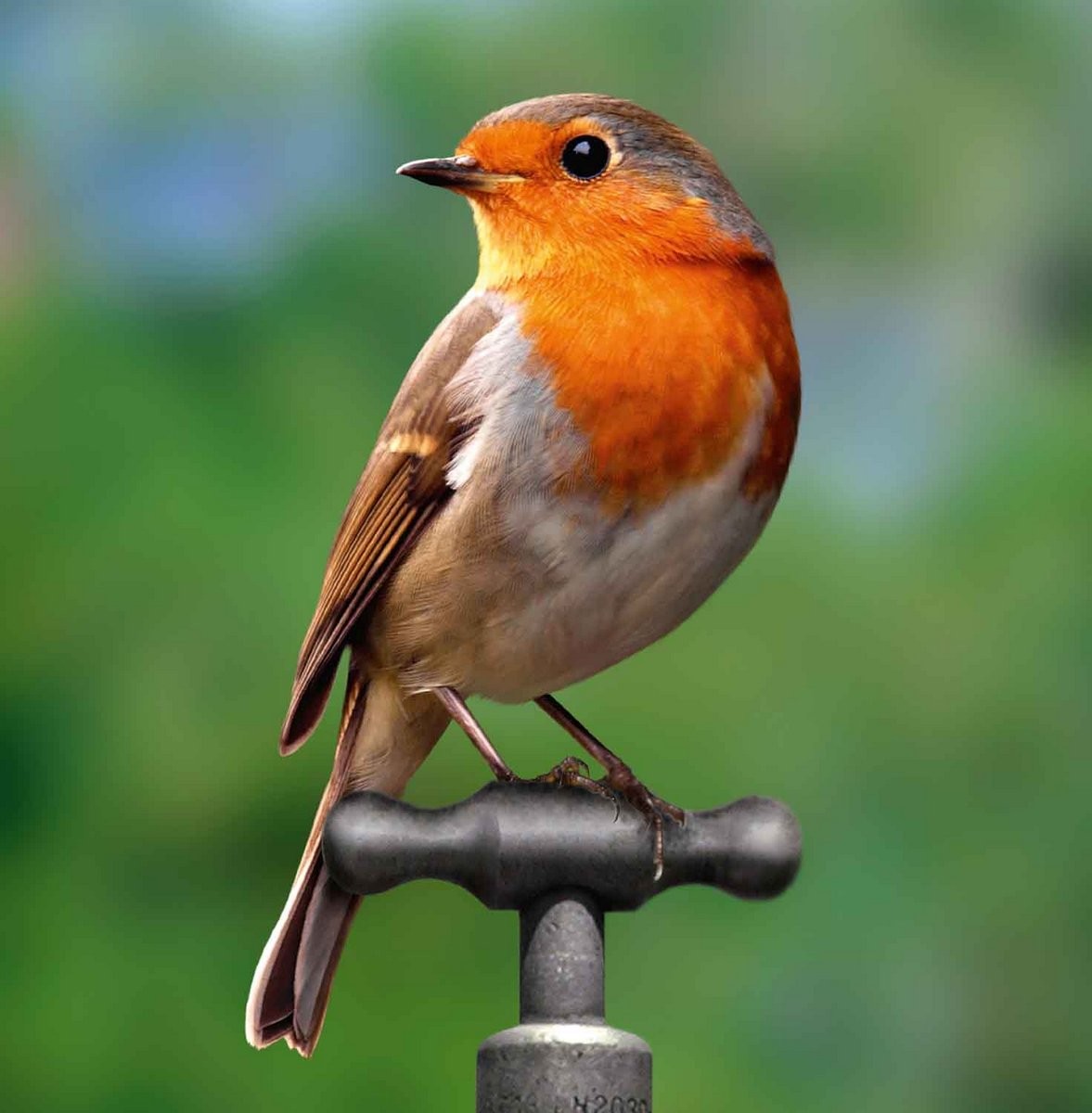 You might also want to consider laying out some mealworms. Kids love getting their hands on these little wrigglers and with a lack of naturally occurring insects in the winter months these are a great alternative as they’re high in protein and energy.
You might also want to consider laying out some mealworms. Kids love getting their hands on these little wrigglers and with a lack of naturally occurring insects in the winter months these are a great alternative as they’re high in protein and energy.
Suets, sunflower hearts and mealworms are all real favourites of the Robin and if you love watching this little red-breasted bird then do try using a mix of these feeds. You also want to go for a platform, feeding tray, ground feeder or bird table as robins prefer feeding from a flat surface and tend to be reluctant to feed from hanging feeders.
SUET OPTIONS



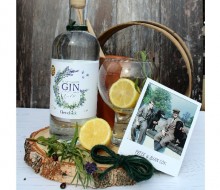
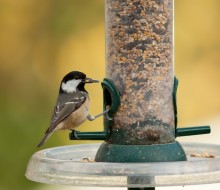

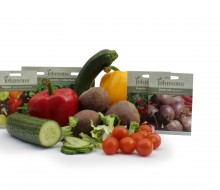













Share this with your friends
Get our monthly emails & blog post checks